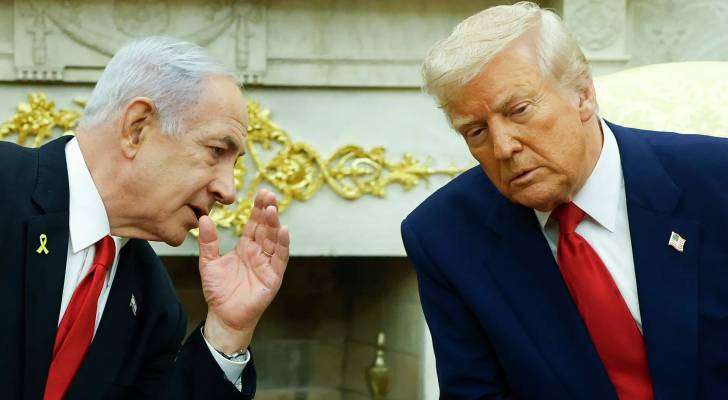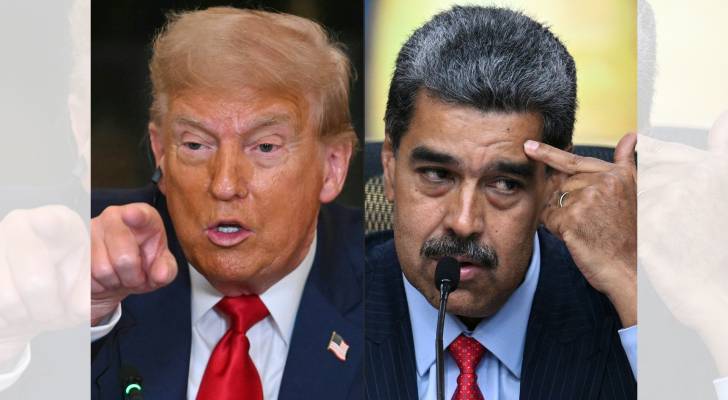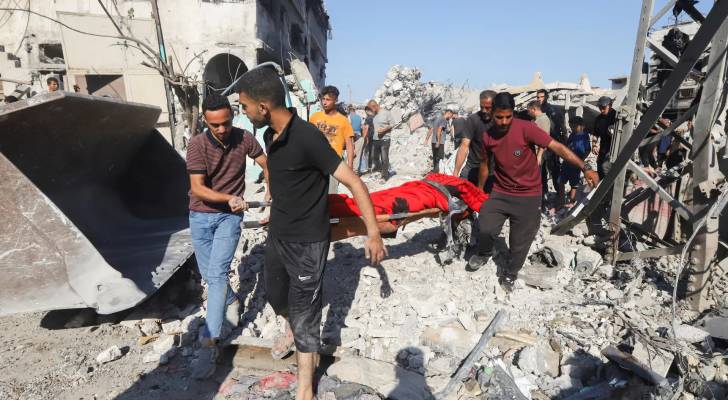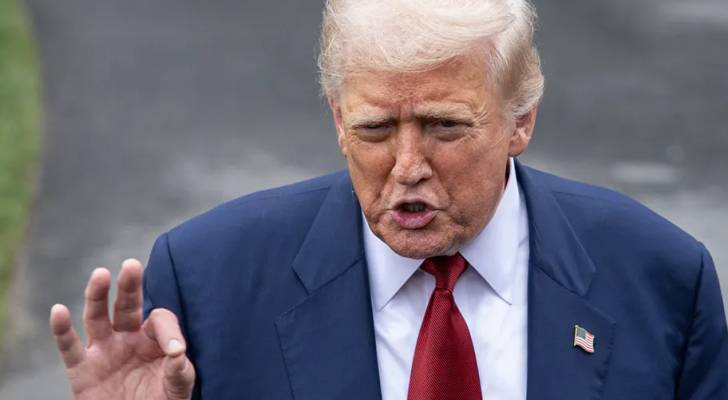The US is Unlikely to Withdraw Its Troops from the Region - By Huda al-Husseini, Asharq Al-Awsat
Amid the sweeping changes reshaping the Middle East, debates about the utility of keeping the roughly 40,000 US troops currently deployed across the region. With air and naval bases from Syria to the Gulf, their presence has come under renewed scrutiny following the recent US strikes on Iran’s nuclear facilities, which have heightened concerns about a potential Iranian response that could endanger these forces.
Nonetheless, influential voices within Washington’s military and intelligence establishment maintain that a rushed withdrawal would jeopardize core American interests and create power vacuums that would likely be filled by hostile states or terrorist groups.
The recent redeployment of the USS Carl Vinson away from regional waters (the USS Nimitz remains there) signals strategic recalibration rather than a desire to fully withdraw. According to Admiral Brad Cooper, who recently took command of US Central Command (CENTCOM), there are no current plans for a major reduction. He emphasized that the US is constantly reassessing its posture based on conditions on the ground. In his testimony before the Senate Armed Services Committee, Cooper stressed that their current approach is to adapt to changes in conditions, adding that he will continue reassessing troop levels and deployments in response to evolving circumstances. His remarks underscore the military’s view that its land, air, and naval assets in the region are critical to ensuring rapid response.
Recent history supports this perspective. Given their frequency, concerns regarding crises in the Middle East cannot be dismissed: we saw this from the clashes between Israel and Iran, to Houthi threats to Red Sea shipping lanes, to mounting tensions in the Strait of Hormuz and the perpetual instability of Iraq and Syria.
General Frank McKenzie, who led US forces in the region from 2019 to 2022, has argued that maintaining its military presence serves US interests and offers regional states an added layer of protection in the face of persistent threats. His comments reflect his observations on the job: hasty withdrawals erode US deterrence and undermine vital security cooperation networks with allies.
It’s not just about defense. American forces in the region also carry out vital missions. They safeguard maritime navigation, especially through strategic chokepoints like the Strait of Hormuz, and ensure that energy flows are not disrupted. US forces play a central role in counterterrorism efforts as well, which is particularly significant amid signs that ISIS cells are reactivating in certain areas. General Frank McKenzie said so unequivocally: “The war on ISIS is not over.” While US forces are not directly engaged in combat, he noted, they provide essential support to the local partners who conduct field operations to prevent the group’s resurgence, and US forces serve as both a deterrent and a stabilizing force.
Senator Angus King of Maine, who recently returned from a visit to Iraq, offered another assessment based on his time there, highlighting the appreciation of local allies. According to King, Iraqi officials strongly insisted that American troops must remain stationed in the country, presenting them as a necessary component of counterbalancing the aggression of Iran-backed militias. With critical national elections approaching, the threat of aggravating instability has heightened.
While some circles continue to call for a drawdown of US forces, citing the high cost (which some military sources estimate to be over $20 billion annually), many others argue that a security vacuum exploitable by hostile actors or terrorist groups would incur greater costs.
Several military sources confirm that countries such as Qatar, Kuwait, and Bahrain remain committed to their defense partnerships with Washington; they see the presence of US forces as a practical safeguard against potential aggression or sudden threats. While the idea of relying solely on its air force and naval capabilities (without fixed bases) might seem appealing in theory, it runs up against the operational realities of rapid response and effective joint action.
While some military leaders acknowledge that the number of bases can be reassessed and that troop deployments could potentially be adjusted, they caution against assuming that the region has outgrown its need for US troops. The broader geopolitical picture also looms large. According to well-informed sources, Washington understands that rebalancing its military focus to address emerging challenges in Asia does not imply that it must turn its back on the Middle East, which has long been a theater of great power competition. Withdrawal without carefully considered alternatives risks creating an opening for Russia, China, or Iran to exploit.
As crises in this part of the world continue to erupt with increasing frequency and volatility, maintaining the presence of agile and effective US military forces seems more reasonable than heeding idealistic calls for a full withdrawal.
Ultimately, the ongoing debate underscores a profound realization among senior American military and security officials: security cannot be achieved through absence. Measured, sustained presence is far better than hasty withdrawals that inevitably impose far higher costs down the line.
Latest News
-
 Trump shouts at Netanyahu in fiery phone call over Gaza hunger: report
Trump shouts at Netanyahu in fiery phone call over Gaza hunger: report
-
 Turkey urges global pressure to halt “Israel's” Gaza plan
Turkey urges global pressure to halt “Israel's” Gaza plan
-
 $50 million: US doubles bounty on Venezuela's Maduro
$50 million: US doubles bounty on Venezuela's Maduro
-
 20 Palestinians killed overnight in "Israeli" Gaza strikes, including 5 waiting for aid
20 Palestinians killed overnight in "Israeli" Gaza strikes, including 5 waiting for aid
-
 Trump says 'billions of dollars' now flowing into US after tariff deadline
Trump says 'billions of dollars' now flowing into US after tariff deadline